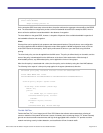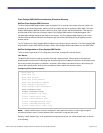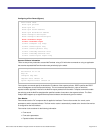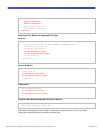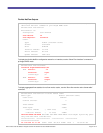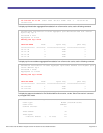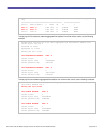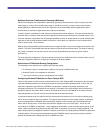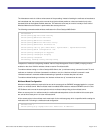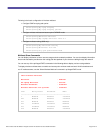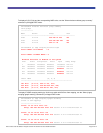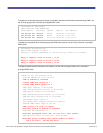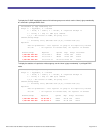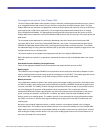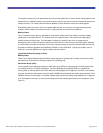
© 2013 Cisco and/or its affiliates. All rights reserved. This document is Cisco Public Information. Page 31 of 70
The videostream mode is a further enhancement of the preceding. Instead of sending the multicast as broadcast at
the lowest data rate, the access point converts the original multicast packet as unicast and sends it only to the
interested client at the highest available data rate. This works the same way as it works in today’s Cisco Unified
Wireless Network as the function is performed at the access point level.
The following commands enable wireless multicast on the Cisco Catalyst 3850 Switch:
Switch#conf t
Switch(config)#ip multicast-routing
Switch(config)#wireless multicast
Switch(config)#wireless broadcast
Switch(config)#Wireless multicast non-ip
Switch(config)#interface interface-id
Switch(config-if)# ip pim {dense-mode | Sparse-Mode | Sparse-dense-mode}
Switch(config)#vlan configuration <id>
Switch(config-vlan)#ipv6 nd suppress
Switch(config-vlan)#ipv6 snooping
Switch(config-vlan)#end
Switch#copy running-config startup-config
Irrespective of multicast routing being enabled, Internet Group Management Protocol (IGMP) snooping must be
enabled on the client VLAN for wireless clients to receive IP multicast traffic.
To enable multicast routing on a Cisco Catalyst 3850 Switch, the “ip multicast-routing” command is used. To send
multicast on wireless to all clients (interested in multicast or not), the “wireless-multicast” command is used.
“Wireless-broadcast” command enables broadcasting of packets on wireless data plane of switch.
To enable multicast flooding on wireless, the “wireless multicast non-ip” command can be used.
Multicast Mode Configuration
Wireless multicast packets are required to be sent to the access point as CAPWAP encapped packet in a unicast
tunnel or a multicast tunnel. When multicast mode is enabled, WCM creates a multicast CAPWAP tunnel in Cisco
IOS Software and converts the access point tunnels to multicast mode pointing to the multicast tunnel.
When an access point is in multicast mode, the multicast/broadcast packets to the client behind this access point
are sent to this access point in an outer multicast tunnel.
All the access points in the multicast mode must watch for the multicast group, which is specified while creating the
multicast tunnel. Following is a multicast mode configuration:
Switch# conf t
Switch(config)# ap capwap multicast <Multicast IP Address>



